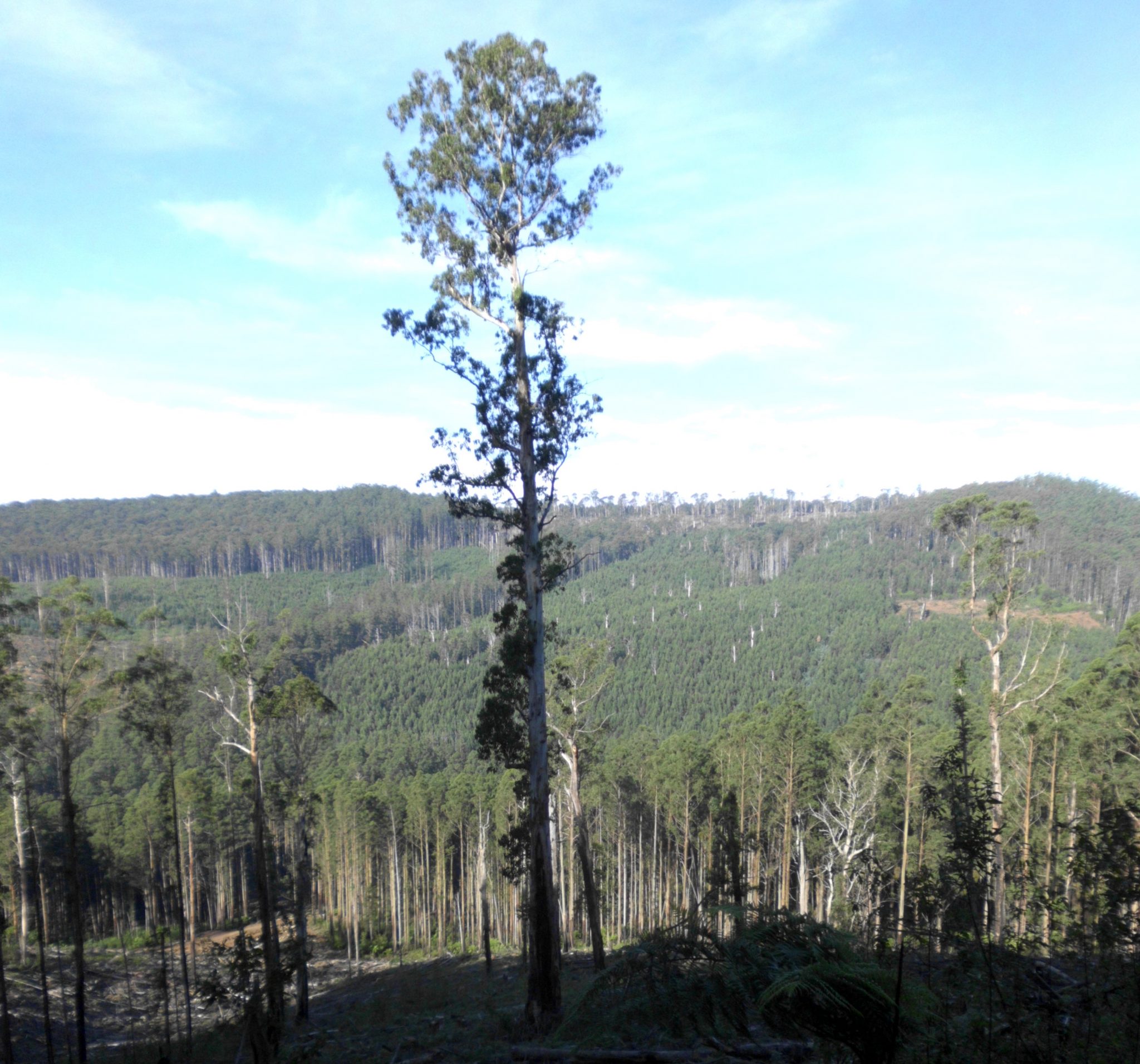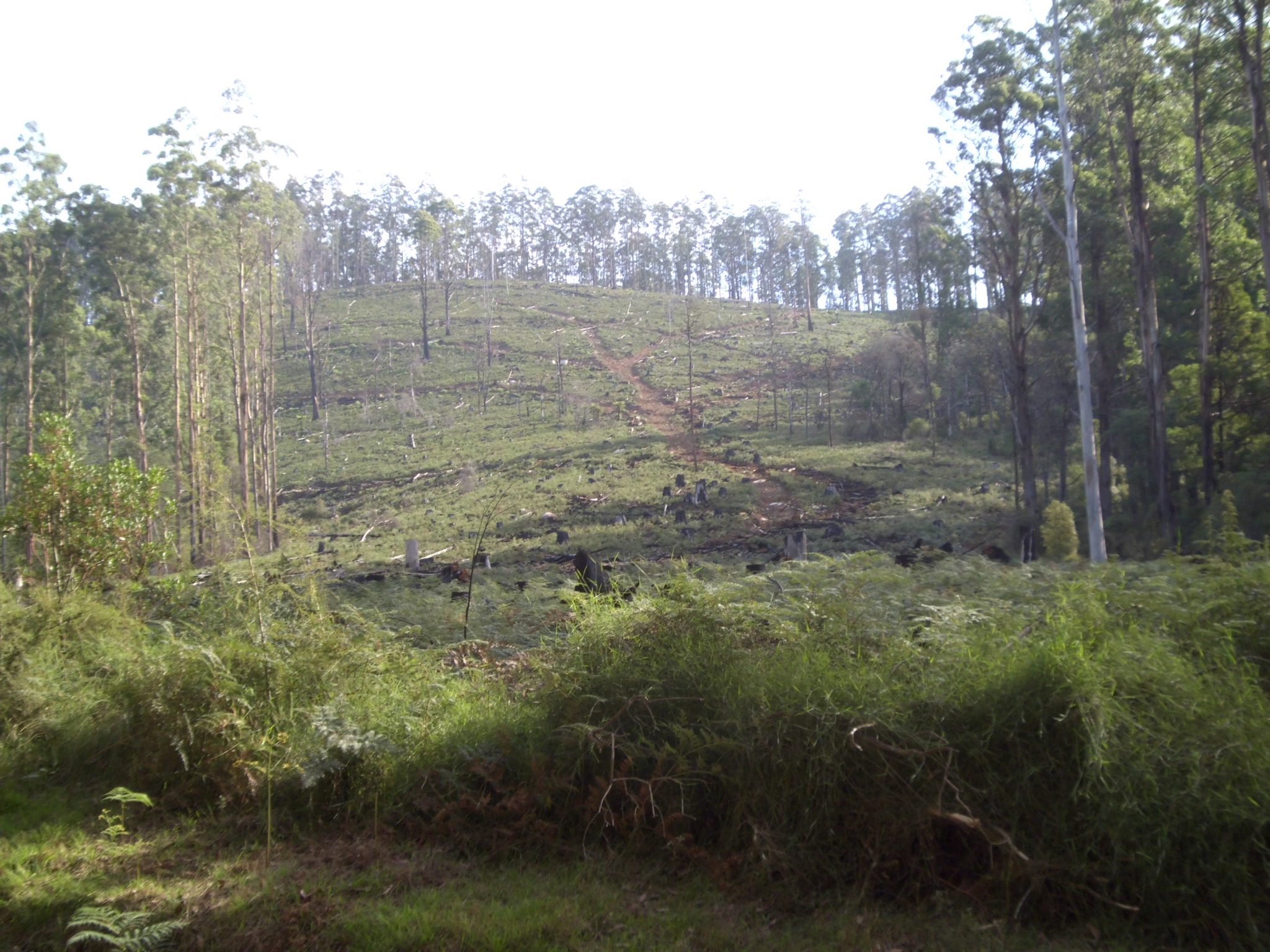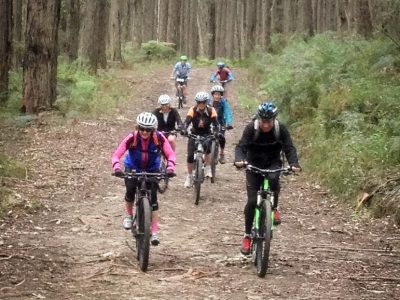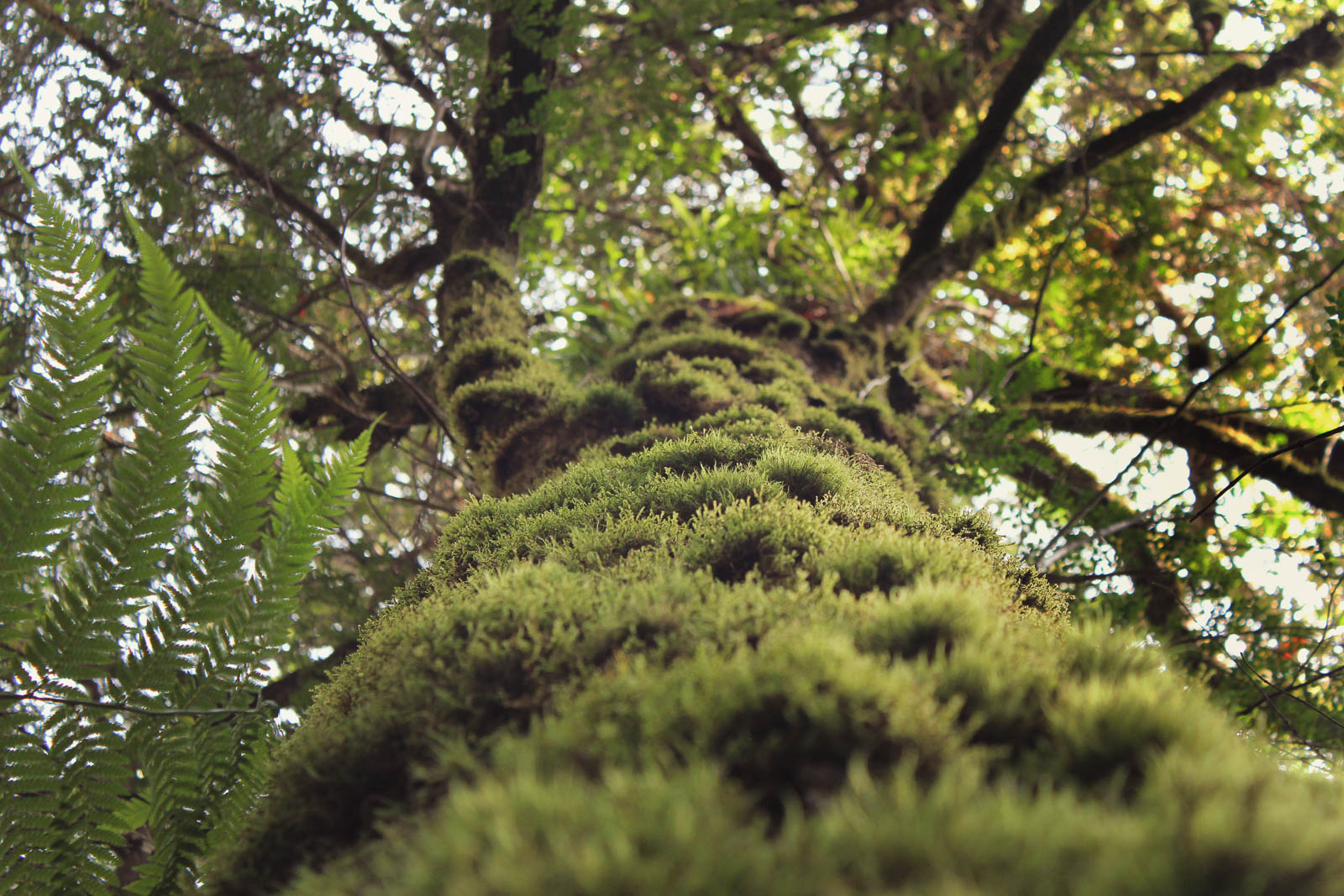Today; March 21, is the International Day of Forests. As this adventure is all about exploring and coming to understand Victoria’s forests, I think it’s appropriate for me to share some information I’ve recently come into contact with regarding Victoria’s mountain ash forests and their mismanagement. They are some of the best studied in the world and there is a lot more information freely available online, I will post some links at the bottom for those seeking more information.
- The mountain ash (Eucalyptus regnans) is the tallest flowering plant in the world. It dominates the central highlands and is attractive to forestry for their very linear growth. One specimen was recorded at over 132 m. Mountain ash regenerates from seed after fire events and has a lifespan of several hundred years.
- It takes 120 years for hollows to begin forming in mountain ash. Hollows are necessary habitat for wildlife like our faunal emblem; the critically endangered Leadbeater’s possum (Gymnobelideus leadbeateri), to survive. Clear-fell harvesting is planned for ‘regenerated’ and native forests at 60-80 year rotation thereby preventing the transition to mature forest.
- Mature Eucalyptus regnans-dominated forests have been found to store more carbon than any other forest known. It’s 2016, we know we need to store carbon, yet these forests are still being smashed.
- From Melbourne Water: “Deep soils in these forests act like sponges to hold rainwater, then filter and slowly release it into springs, streams, creeks and rivers. These in turn feed the reservoirs that store our drinking water. Long storage times in our reservoirs are an important part of the filtering process, as most impurities break down over time.Because the source water from protected catchments is of a high quality and rests for long periods in the reservoirs, it requires very little treatment – a fantastic legacy of our city’s early planners. Melbourne is one of only a few cities in the world that harvests water from protected catchments.” – Source
Readers note: clear-fell logging still occurs in areas between and adjacent to these catchments and large protected catchment areas were also affected by Black Saturday. Coupled with drought and the present pollution of the Murray is it any wonder that there is speculation about starting up the Wonthaggi Desalination plant? - Previously clear-felled forest areas increased the severity of the Black Saturday wildfires and pose increased fire danger going into the future. Read this. or refer to full report “Nonlinear Effects of Stand Age on Fire Severity” by ANU and Melbourne University researchers available here.:
Some of my photos from the last week in Toolangi and surrounding areas, showcasing their ongoing mismanagement at the hands of VicForests. Toolangi is but a small part of Victoria’s mountain ash forests, I’ll be seeing more of them shortly. So this is what’s happening in Toolangi this week. This is being subsidized by our taxes.




Clear-felling destroys everything in its path. A small amount of quality timber is extracted and the whole forest falls. Bulldozers rip up and level soil and habitat is converted to sun-exposed wasteland. Forest top soil is one of the most precious and underrated parts of this whole planet, a reason in and of itself to protect forests globally. Around 10% of the felled timber is compacted with thick gravel into corduroy roads for trucks and machinery which when they’re finished, must be ripped up and added to the piles of left over ‘biomass’ to be incinerated in the ‘regeneration’ burn. As you can see above, this whole process scars the landscape and these regeneration burns are the cause of many a ‘poor air quality’ day in Melbourne. They do help the mountain ash seed, but the forests cannot be treated like crops! Understandably, these forests will take time to recover.
Clear-felling of our state forests; particularly old growth and native forest, is clearly not acceptable, but this is all state sanctioned and falls under what is called a sustainable regulatory framework. The informative team at VicForests.net crunched the numbers on what actually comes out of these operations and it’s not pleasant.
“According to VicForests ‘sustainability’ report, they do not produce A grade timber and less than 1/3 of their production is sawlog (grades E to B). Of this, more than half becomes residue and waste during squaring and processing of the logs. So around 85% becomes residue/waste that goes to chip and pulp, 11% is used for low grade products like pallets and palings, 4% is of sufficient quality for use in buildings, of which less than half is of appearance grade. This means that their high value product only makes up 2% of their income. Their overall program is that of commodity woodchips that rely on a narrow rate of return.”
I totally understand that timber is a great sustainable material. Good quality timber products can last hundreds of years, but these forests are essentially being turned into paper. Any appeals to sustainable practice are just greenwash at this juncture. Just glancing at those numbers it’s easy to imagine how that could be turned around. Selective logging of the same areas could produce the same quantity of high quality timber while still allowing the forest to age and maintain a complex ecosystem. It has to be noted however, there exists enough timber in existing plantations within Victoria to meet all of the demands for paper and timber without clear-felling or selectively logging our native forests. Indeed, it is due to the fact that demand for the primary output from native forests; low value chip and pulp, is falling, that Tony Abbott decided we could co-burn it with coal to meet our renewable energy target. That’s right, skip the fossilization process and just burn forests that take hundreds of years to form, because that’s renewable energy and we’ve got quotas to bulldoze!
Give your local, state and federal politicians a call and let them know what you think about this, and talk to them about the Great Forest National Park.
For more details and information, gruesome as it may be, I would suggest you check out the following resources:
If you appreciate that we can’t blindly rely on our governments to do the right thing when it comes to rehabilitation and regeneration of forests and ecosystems they have been complicit in destroying, head on over to BeardsOn for Conservation to check out an organisation putting money into quality regeneration programs. They’re also supporting me on this adventure with solar panels and a GoPro to keep live updates coming from the field and if you think that’s great you can show your support by donating here: at the Chuffed page!
Finally, if you made it this far, you deserve a reward so go and check out this gallery of Leadbeater’s possums hosted by Friends of Leadbeater’s Possum


